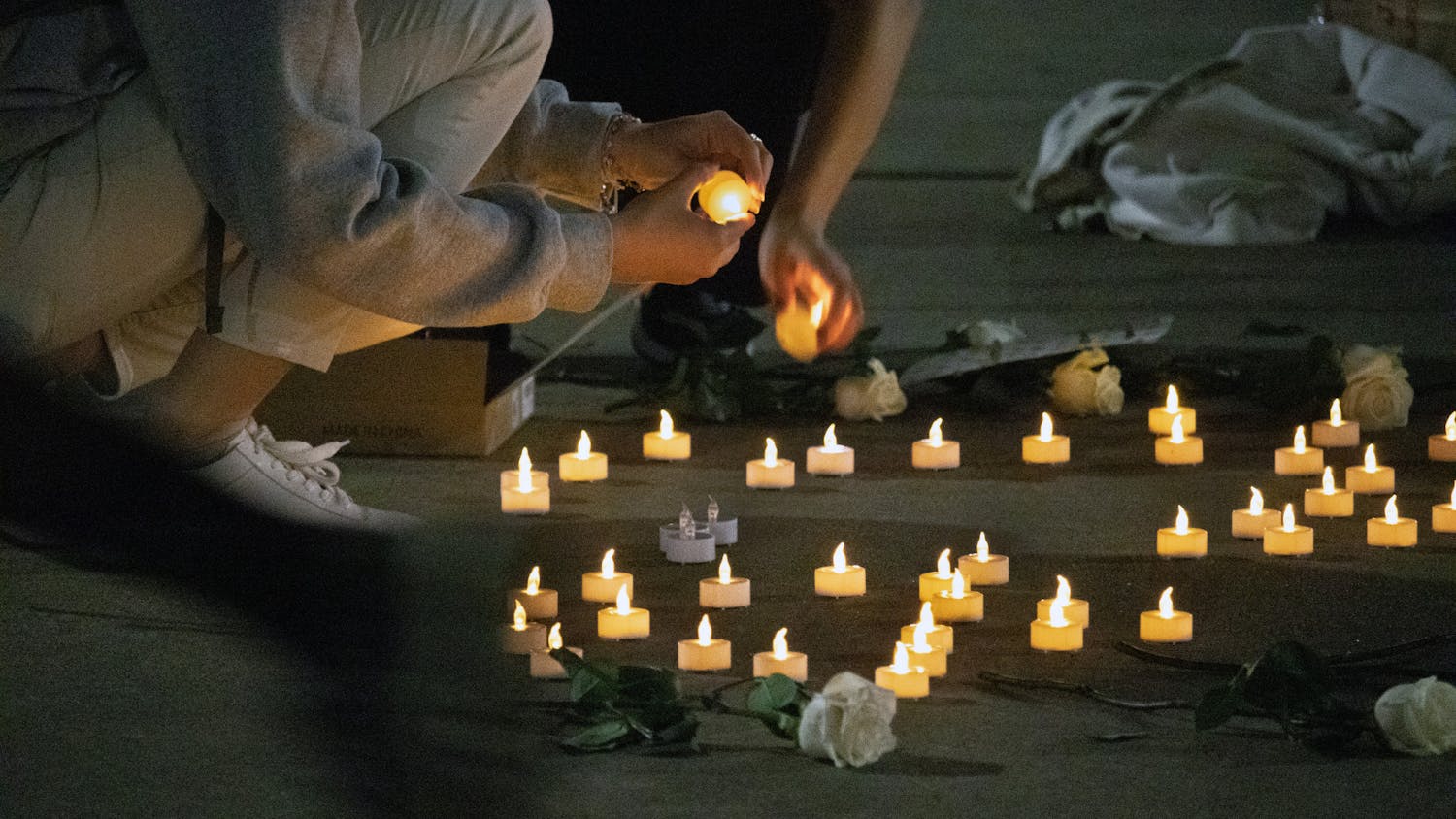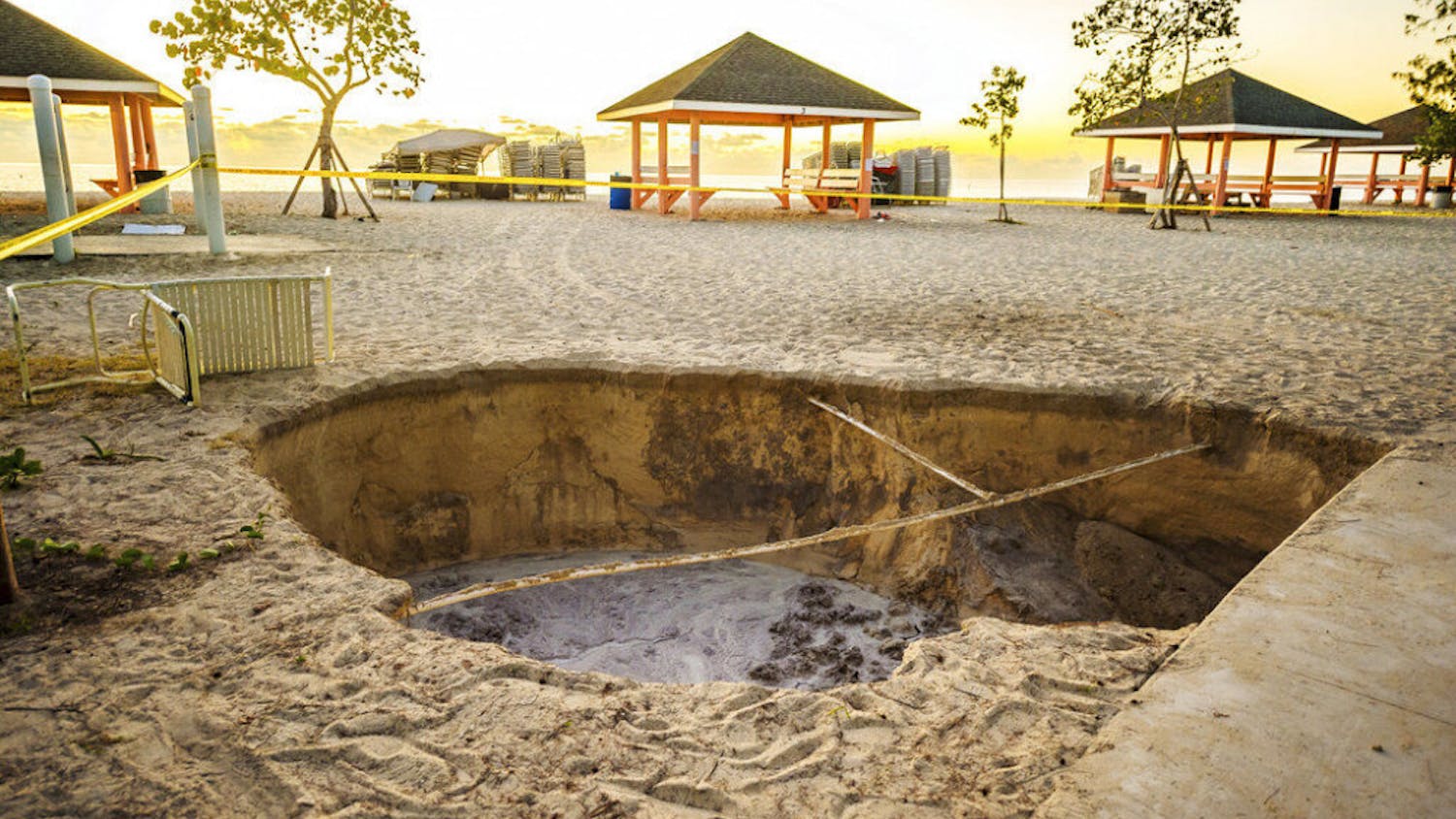The Swamp Restaurant would be shaken and stirred six feet to the west. Century Tower would crumble to a pile of bricks like a stack of Legos.
Campus parking lots would amount to nothing more than heaps of smoking concrete.
This is the gruesome aftermath Ray Russo, an assistant professor in UF’s geology department, imagined if a 7.0-magnitude earthquake like the one that shook Haiti two weeks ago ravaged Gainesville.
However, there is no Gainesville equivalent to the Enriquillo-Plantain Garden Fault, which is responsible for Haiti’s devastating quake that reportedly caused at least 150,000 deaths.
“Imagine sitting in the Swamp restaurant and, suddenly, it shifts six feet to the west,” Russo said. “This shift would be accompanied by severe shaking and rolling of the ground surface, causing everything on your table to fly off,you to be bounced out of your chair, all those big glass windows to shatter, spraying glass shards everywhere; and, if you were unlucky, perhaps the building would fail such that the top floor telescoped down onto the indoor dining area.”
A similar ruthless pattern would strike University Avenue for about 11 miles in both directions, Russo estimated.
He added that most campus buildings would be severely damaged or destroyed, though he doubts casualties would reach a few thousand.
“My guess is the Ben Hill Griffin stadium would experience extensive damage, the Century Tower would come down... [and] the various multistory parking lots would probably be death traps,” Russo said.
The UF emergency-response system has no specific guidelines to deal with an earthquake, said Bill Properzio, UF director of environmental health and safety.
The general resources available in an emergency include administrative bodies such as the operational management team, a phone system, and the text messaging system, which can alert 64,000 cell phones, according to Properzio.
Ironically, some of the buildings designated as emergency-response shelters during hurricanes might be among the most dangerous during an earthquake.
The Reitz Union is among those potential shelters, but Russo suspected the Reitz Union Colonnade would be reduced to rubble.
However, the O’Connell Center, which does not qualify as a safe zone during high winds, could be among the safest places during an earthquake because of the dome’s minimal roof weight, according to Russo.
“If we were [hit] like Haiti, we would be getting people out of here,” Properzio said. “Luckily, we’re not an island that is very difficult to get emergency response to... we’re in a much better situation here than the unfortunate people in Haiti.”





